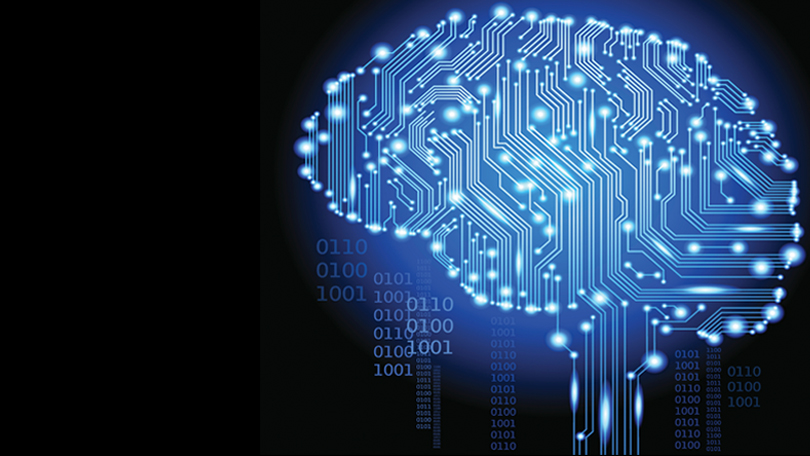BY SIRE ANTOINE | MAY 19, 2018
Google I/O 2018: New tech includes Duplex, which phones businesses on a user’s behalf to book appointments
Google has unveiled a range of artificial intelligence (AI) features across its range of products and services, as competition in the AI field continues to intensify.
At its annual developer conference in Silicon Valley this week, the company also showed a range of “digital wellbeing” tools aimed at helping users switch off.
The I/O conference follows on the heels of Facebook’s developer event, which opened with chief executive Mark Zuckerberg’s acknowledgement of the outcry over the firm’s latest privacy scandal.
Google has also come under fire for the amount of data it collects on users, but – like Facebook – the firm showed no sign it plans to curb those practices.
 Personalisation
Personalisation
Instead, many of the new AI features rely expressly on inferring patterns from information collected on users.
Gmail has gained the ability to automatically complete entire sentences with series of words guessed from what the user has written in the past.
A new Google Photos feature proposes Suggested Actions, including sending copies of an image to people it recognises in the photo using facial recognition. (Other actions include adding colour to black and white photos or converting images into other formats.)
New Google Maps features include a technology called Visual Positioning System, which estimates the user’s precise position and orientation by feeding images of the surroundings back to Google’s servers for analysis.
Another feature creates scores for restaurants and other venues estimating how much a user would enjoy a visit based on analysis of their past behaviour.
Other new features rely less on gathering information on users, such as the use of imagery overlaid on a smartphone camera’s view of the path ahead to make directions easier to understand. Google is also overlaying cartoon characters on such imagery to guide users in the right direction.
Placing calls on users’ behalf
A feature called Duplex, still at the experimental stage, would place calls to businesses such as hairdressers to arrange an appointment on their behalf.
In demonstrations at the conference, the AI-powered Duplex used natural-sounding speech patterns, including “ums” and other sounds.
Initially Google said it would be using Duplex internally to telephone businesses and confirm their opening hours – on bank holidays, for instance. It didn’t say when it expects the feature to be available to the general public.
In demonstrations at the conference and later posted online, Duplex never identifies itself as a machine. Google said later it believes “transparency” is essential and is continuing to try out approaches to make sure “businesses have a good experience” with Duplex.
“We want to be clear about the intent of the call so businesses understand the context,” Google’s Yaniv Leviathan and Yossi Matias said in a blog post. “We’ll be experimenting with the right approach over the coming months.”
‘Digital wellbeing’
Google News has also gained new features including Full Coverage, which allows users to find other material related to a particular article.
The feature calls up content including “trusted” news articles, as well as Q&As, social media posts and timelines.
Google said it would classify different types of articles, such as opinion, fact checking and analysis pieces, using artificial intelligence.
This content will not be personalised in order to ensure everyone has “access to the same information”, Google said in a blog post.
The digital wellbeing features include the ability to schedule screen breaks on YouTube for younger viewers and to schedule pauses in internet connectivity for some or all of a devices in a home.
A new Android app dashboard provides details about the time a user spends on different services throughout the day and allows time limits to be set for particular apps.
Android is also to get a “wind down mode” for the period before a user goes to bed, giving the phone a greyscale color scheme and blocking notifications and distractions at a set time.
Google’s Android powered 85.9 percent of smartphones sold last year, up by 1.1 percent on 2016, according to Gartner.
Apple’s developer conference begins on 4 June.
Credit: MATTHEW BROERSMA

